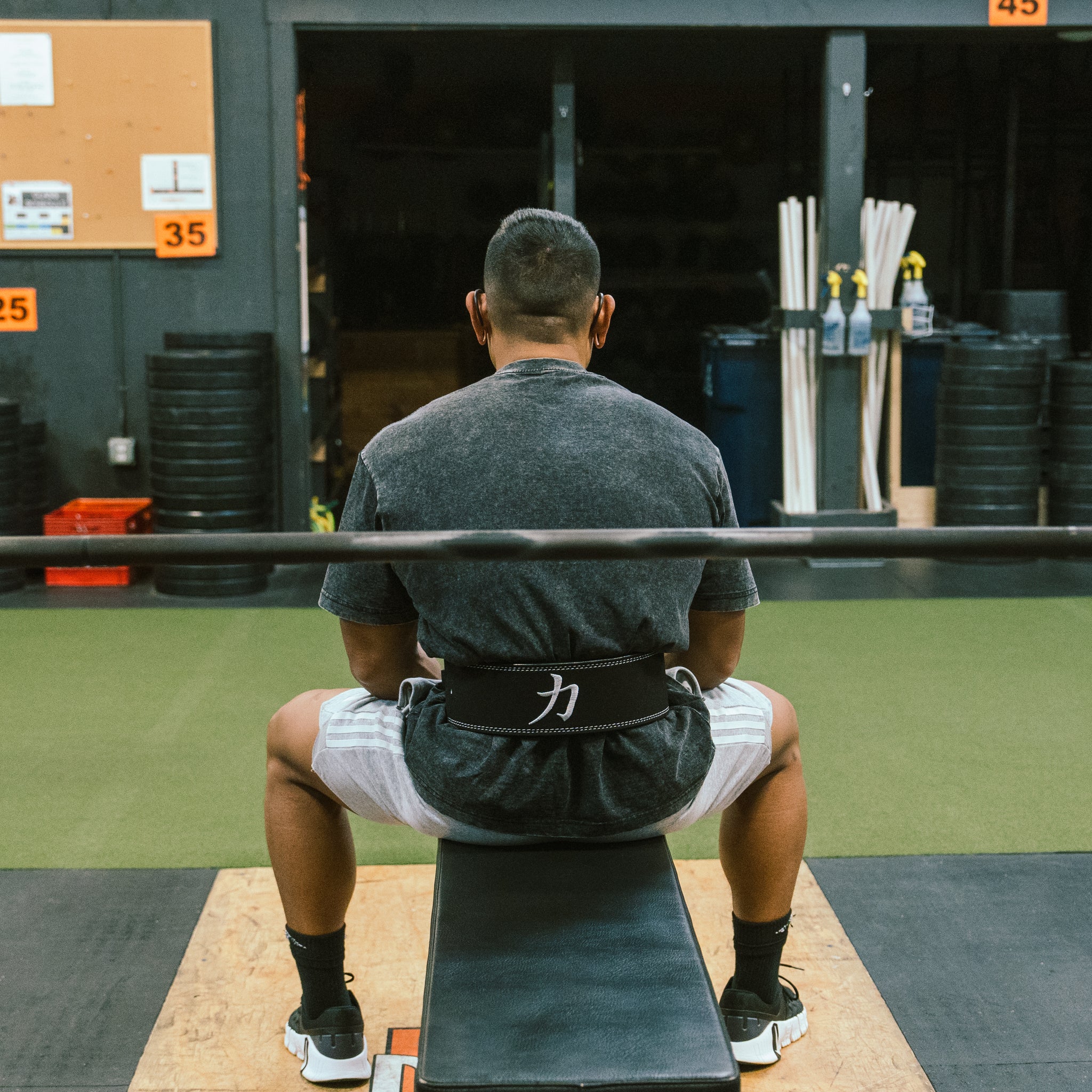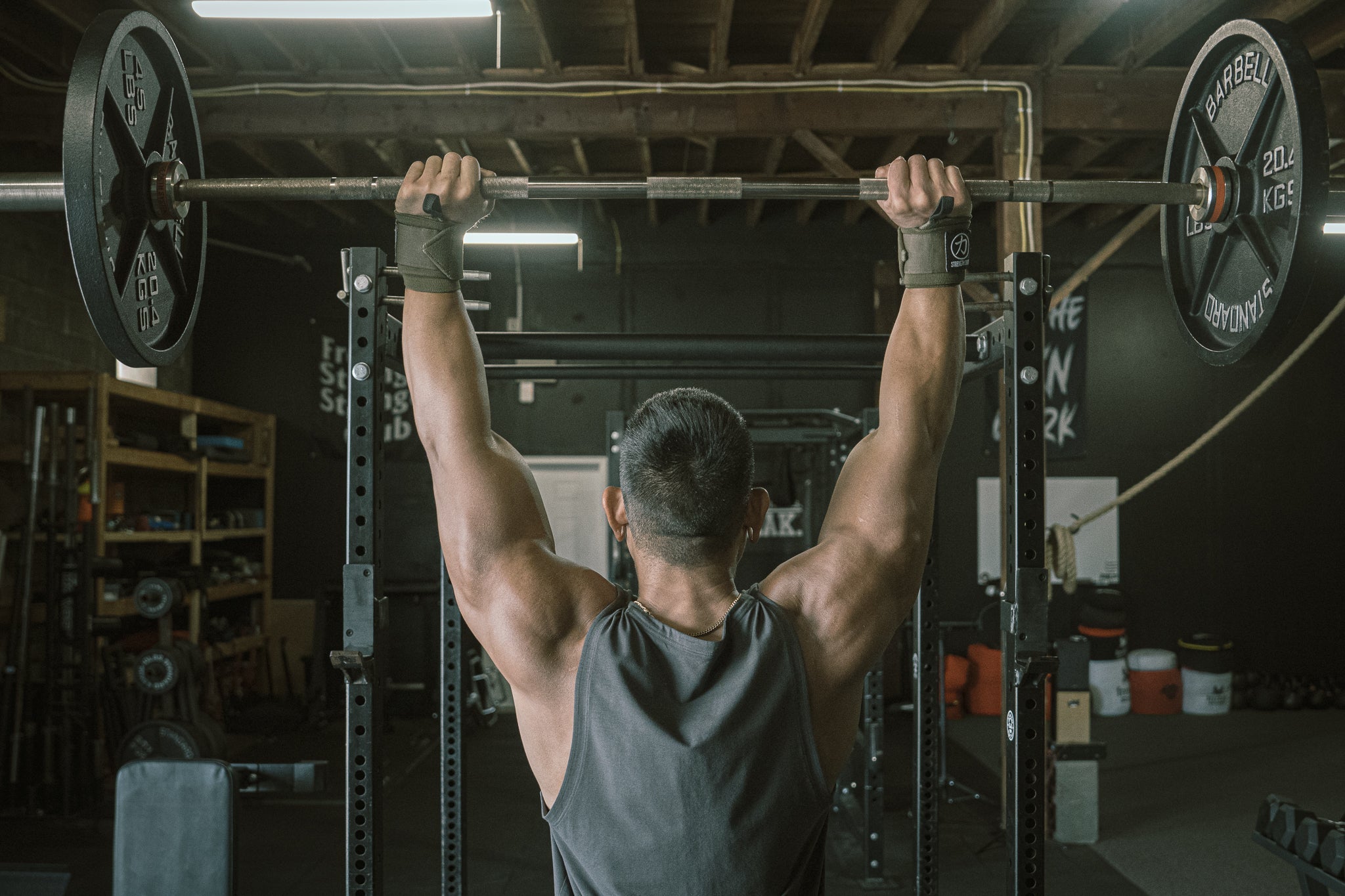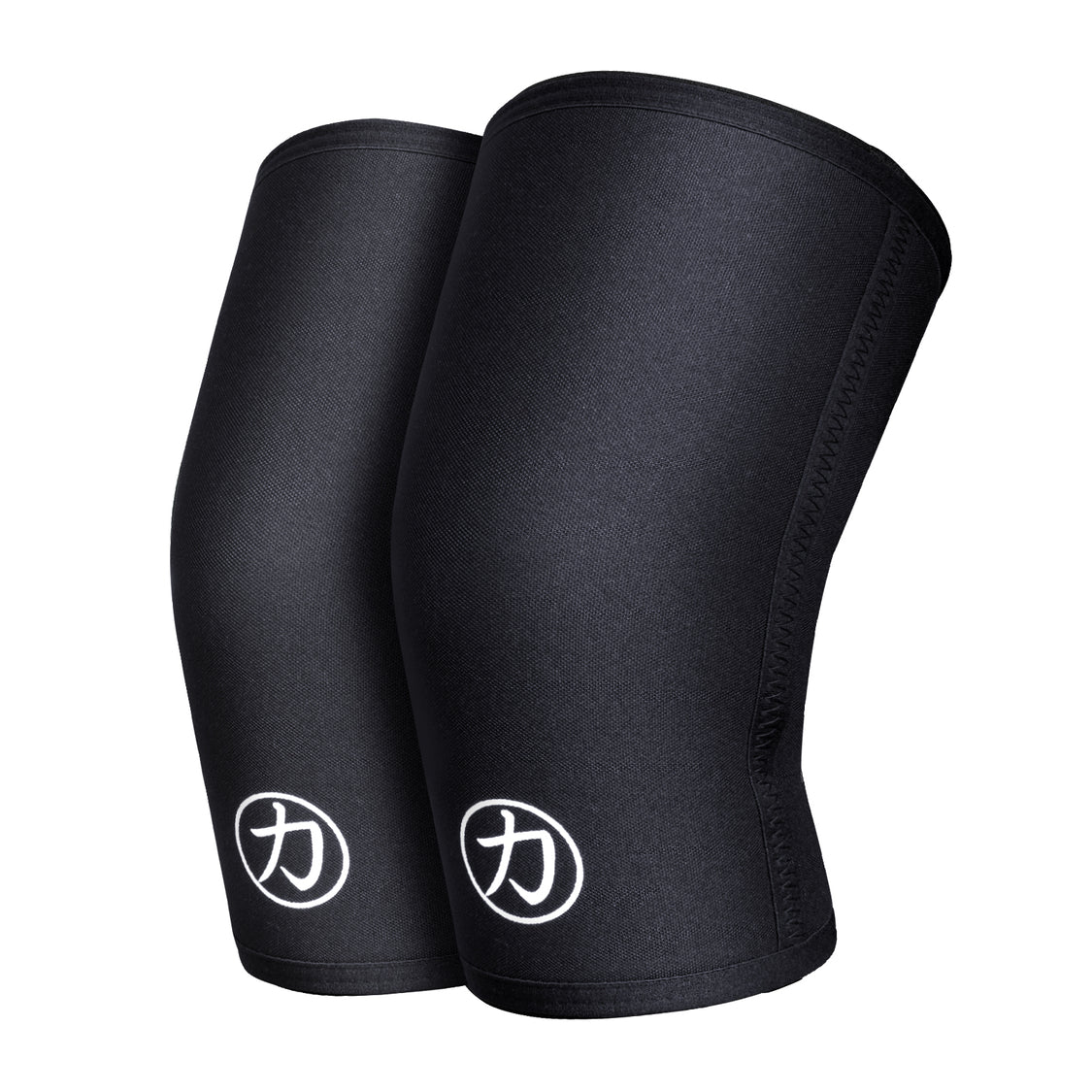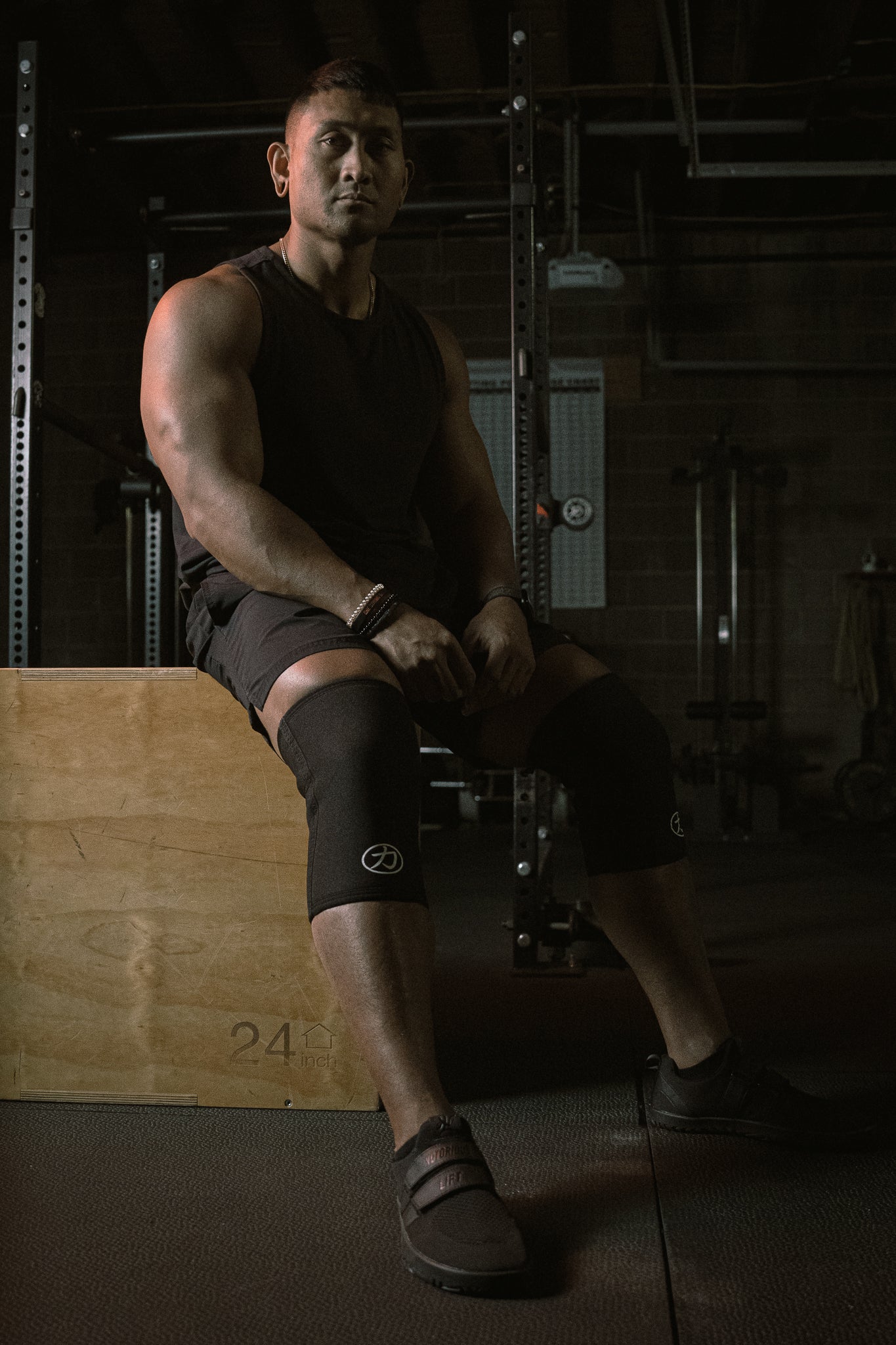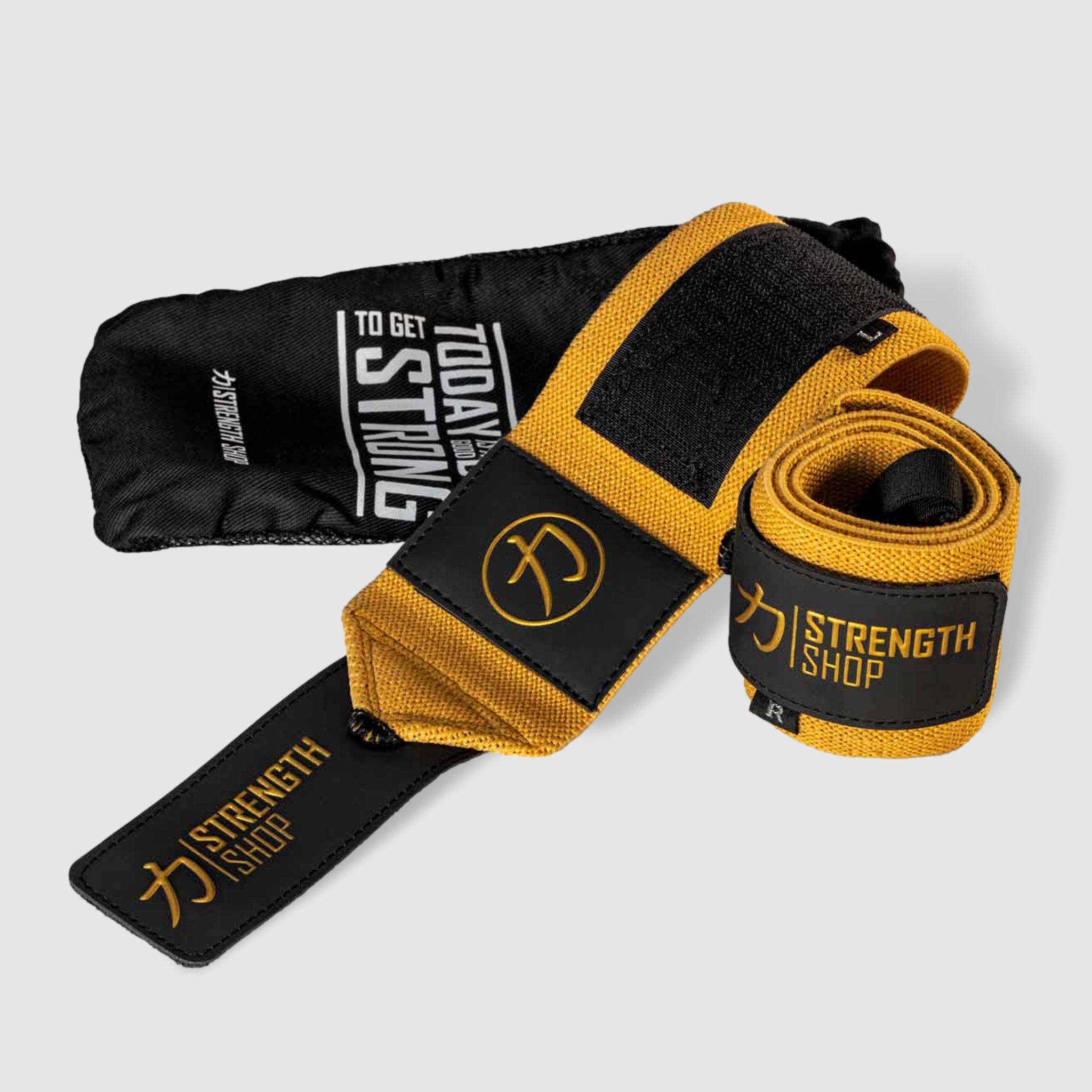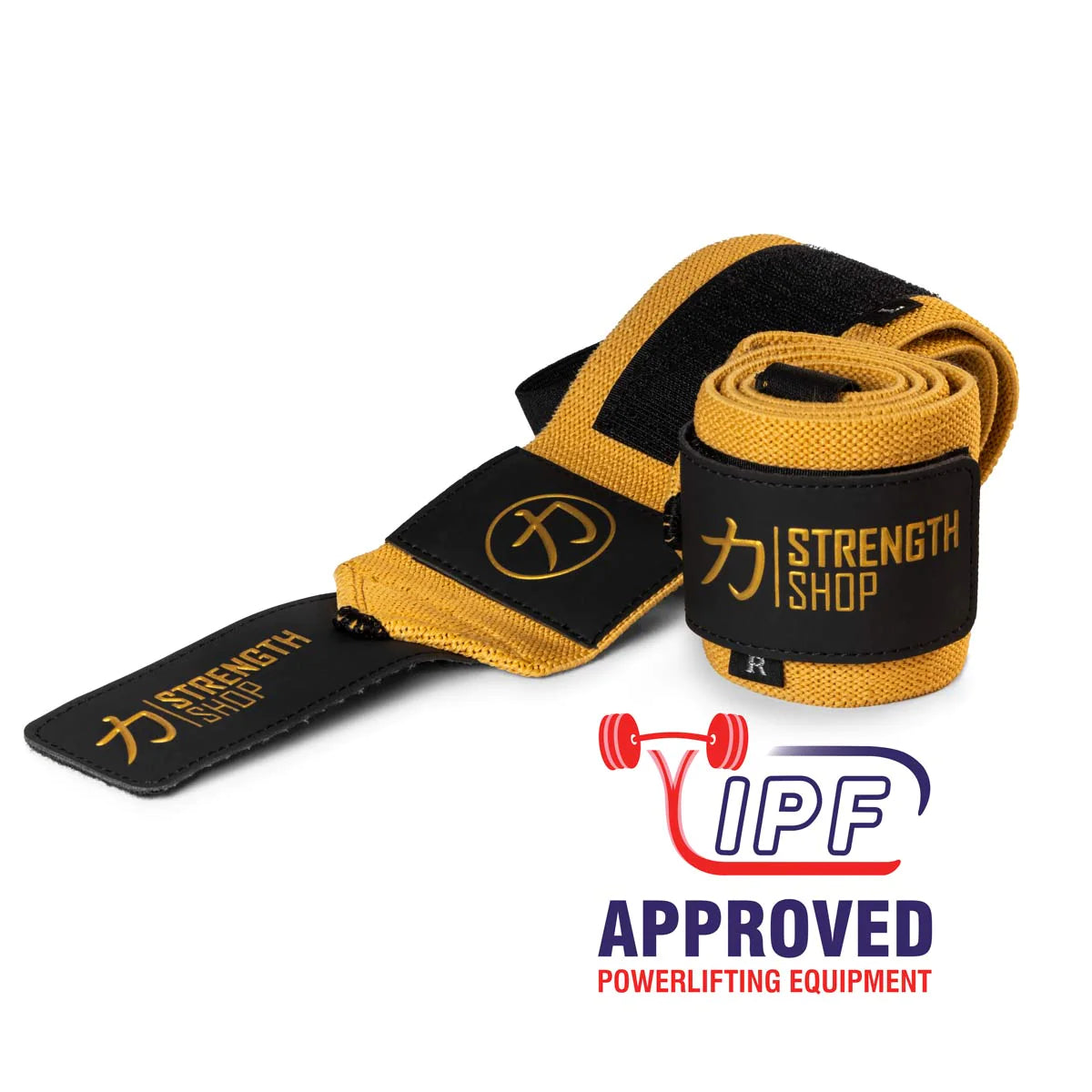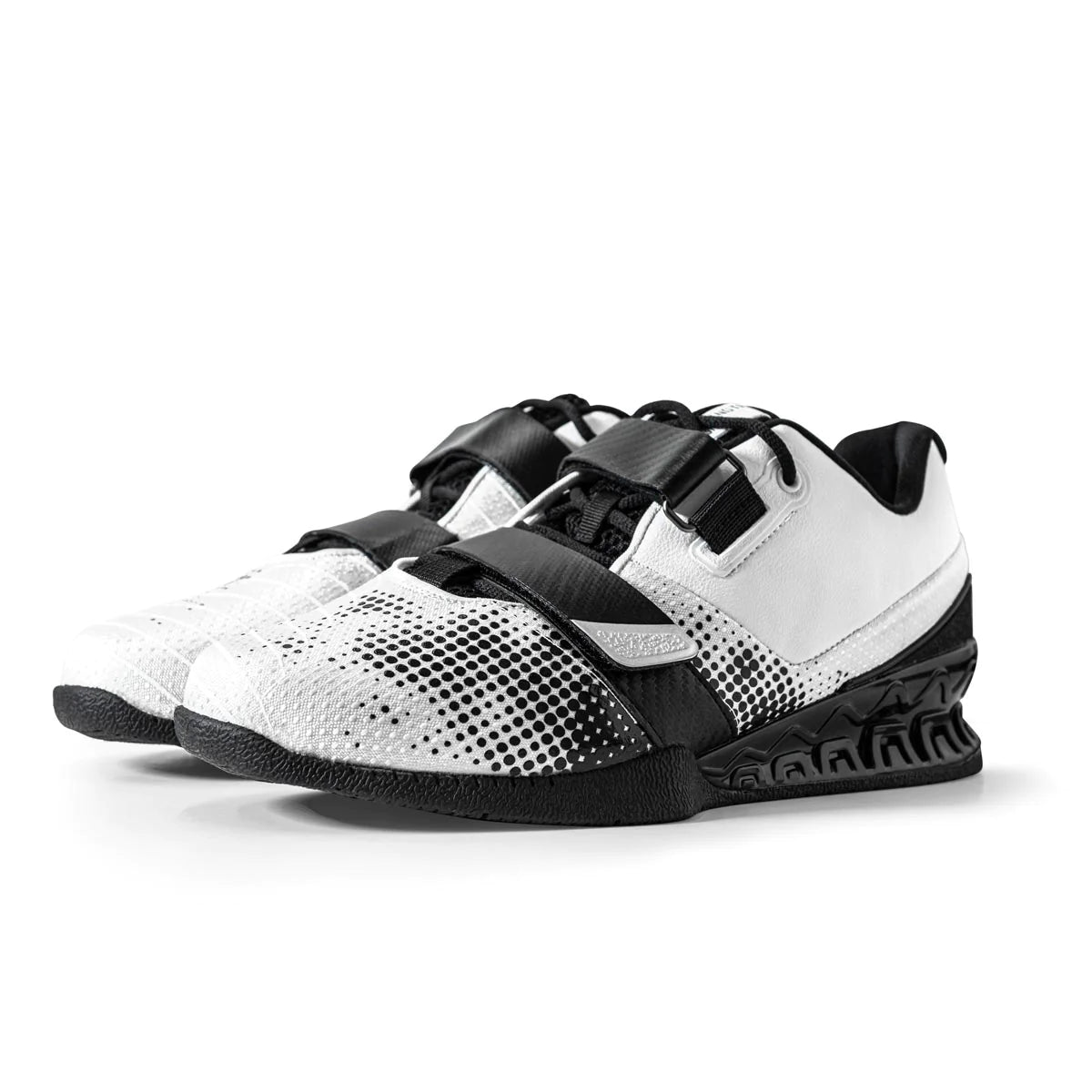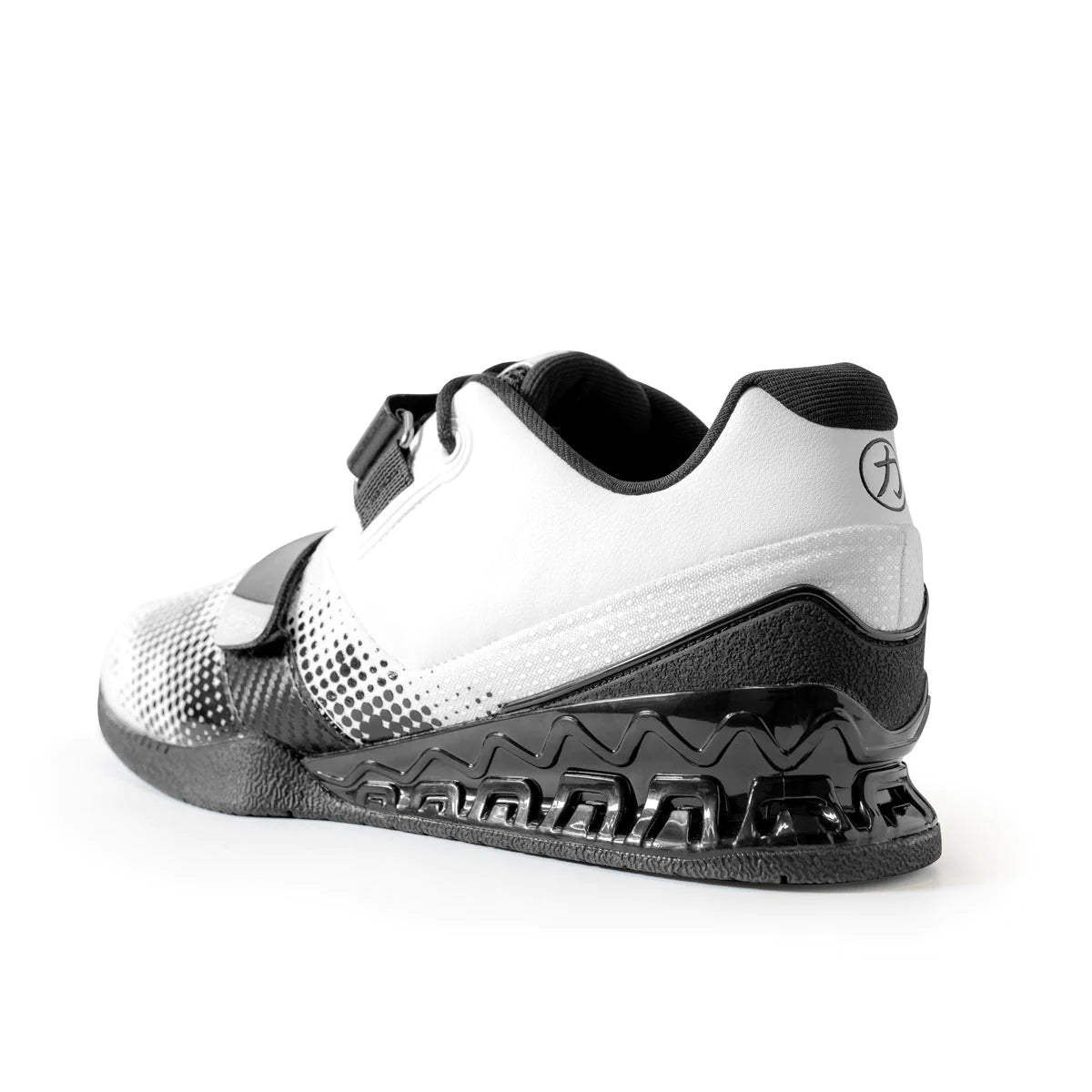When to start using a weightlifting belt? It’s a common question for anyone getting serious about strength training. While a belt can provide added stability and support during heavy lifts, it’s not something you should rely on too early in your journey. This guide will explore when and why you should incorporate a weightlifting belt into your routine, ensuring you get the most out of your training safely and effectively.
What Is a Weightlifting Belt?
A weightlifting belt is a supportive gear designed to protect your spine and enhance your performance during heavy, compound lifts. Weightlifters usually use lifting belts for squats, deadlifts, and overhead presses. It stabilizes your core by creating a firm surface for your abdominal muscles to push against, which increases intra-abdominal pressure and reduces stress on your lower back.
Weightlifting belts generally measure about 4 inches (10 cm) in width and 6-13 mm in thickness. They feature adjustable closures, like prongs or levers, for a secure and customized fit. Manufacturers also design women’s lifting belts to better fit their anatomy, offering greater comfort and support.
Weightlifting belts typically come in two materials:
-
Leather weightlifting belts: Durable and rigid, these are ideal for heavy, static lifts like squats and deadlifts where you need maximum support.
-
Nylon weightlifting belts: Lightweight and flexible, these work well for dynamic movements or CrossFit-style training that requires mobility.
Types of Weightlifting Belts
Weightlifting belts come in several closure types, each offering you unique benefits:
-
Single-prong belts: Easy to adjust and reliable, perfect for most lifters.
-
Double-prong belts: Offer extra security but take a bit more effort to adjust.
-
Lever belts: Provide a fast, consistent fit with a simple lever mechanism.
-
Velcro belts: Lightweight and easy to use, great if you’re doing lighter lifts or any dynamic movements.
When to Start Using a Weightlifting Belt
Incorporating a weightlifting belt at the right time in your training is key to maximizing your performance and reducing injury risk. You can generally use a belt when lifting at 75% to 85% or more of your one-rep max (1RM). Let’s look at a few more scenarios where you should use belts.
When You Prepare for a Powerlifting Competition
A lifting belt is essential during your training if you’re gearing up for a powerlifting competition. It provides the core stability you need for maximal lifts and allows you to simulate competition conditions.
To boost your performance even more, pair your lifting belt with a powerlifting singlet to improve your mobility, an AIRWAAV mouthpiece to reduce your jaw tension, flat-soled lifting shoes to improve your balance, powerlifting chalk or strength wraps to strengthen your hold, and back supports to add extra stability.
When You Progress to Heavier Weights
As you lift heavier weights, your core and spine experience increased mechanical stress. A weightlifting belt provides the additional stability and support you need during these challenging lifts, significantly when your lifts exceed your body weight.
Here’s a summary table to help you determine when a weightlifting belt benefits your lifts. It covers key scenarios and intensity levels:
|
Lifting Scenario |
Belt Recommendation |
|
Squats |
Use a belt when your squat matches or exceeds your body weight. |
|
Deadlifts |
Use a belt when your deadlift approaches 1.5 times your body weight. |
|
Overhead Presses |
Use a belt when pressing near your body weight. |
|
75% to 85% of your 1RM |
We recommend a belt for added support. |
|
Below 75% of your 1RM |
Optional; use lighter lifts to practice natural bracing. |
|
Above 85% of your 1RM |
Strongly recommended to maintain form and reduce injury risk. |
When You Train for a Personal Record
Use a lifting belt to set a new personal record (PR). Whether a squat, deadlift, or overhead press, max effort lifts significantly strain your core and spine. A belt stabilizes your torso, helping you maintain proper form and reducing your risk of injury during these high-intensity lifts.
When You Perform Strength-Focused Training Blocks
A lifting belt can be invaluable when your program focuses on building maximal strength. In phases that prioritize progressive overload or heavy compound lifts, the added support from a belt allows you to push your limits safely. It also helps you handle higher volumes of heavy lifts without compromising your technique.
When You’re Recovering From a Back or Core Injury
Suppose you’re recovering from a lower back or core injury. In that case, a lifting belt can offer additional support to help you rebuild strength safely. By stabilizing your spine and reducing unnecessary strain on weakened areas, the belt allows you to train with less risk while still maintaining control and proper form. However, always consult with a professional before using a belt post-injury.
When You Perform Heavy Accessory Lifts
In addition to main compound lifts, a belt can be beneficial during heavy accessory lifts like Romanian deadlifts, good mornings, or barbell rows. These movements still significantly strain your lower back and core, and a belt provides the extra support you need to maintain proper form and reduce injury risk.
When to Delay Using a Weightlifting Belt
A weightlifting belt isn’t always the answer when working to get stronger. Take the time to understand when to hold off on using one — it’s essential for building your strength and avoiding setbacks down the line. Here are some scenarios:
-
When you’re just starting out: Focus on mastering technique and building core strength first. Using a belt too early can hinder the development of proper bracing mechanics and foundational stability.
-
During lighter training sessions: Skip the belt for lifts under 75% of your 1RM. These sessions are ideal for practicing natural bracing and improving your core engagement.
-
When training for functional strength: Training beltless helps develop your natural core stability and better prepare you for real-world or athletic tasks.
-
To avoid over-reliance on equipment: Overusing a belt can weaken your natural core strength. Save it for heavier lifts and delay its use during accessory or lower-intensity movements to build a well-rounded core.
When to Never Use a Weightlifting Belt
We’ve talked about when to delay using a lifting belt, but there are also instances when you should never use one. While belts provide great support, certain medical conditions make them unsafe. Here are situations where you should avoid using a belt entirely:
-
If you have high blood pressure or heart conditions, the increased intra-abdominal pressure from a belt can temporarily elevate your blood pressure, which may be unsafe.
-
If you have respiratory issues like asthma or COPD, the belt might restrict your breathing and make bracing difficult.
-
If you have a hernia or abdominal injury, using a belt can worsen the condition due to the additional pressure it creates.
-
If you are pregnant, the compression from a belt can strain your abdomen and potentially affect your fetus.
-
If you have had recent surgeries, especially in the abdominal or spinal area, avoid belts to prevent interfering with your recovery.
How to Introduce a Belt Into Your Training
Adding a weightlifting belt to your routine strategically helps you get the most out of it without disrupting your progress. Here’s how to start experiencing the benefits of lifting with a belt.
1. Start With Low-Intensity Belted Lifts
Begin with lighter weights (50% to 60% of your working weight) to practice bracing and breathing techniques. This helps you develop muscle memory, assess the belt’s fit, and build confidence.
2. Gradually Add Belt Use to Heavy Workouts
Start using the belt during warm-ups, then incorporate it into moderate-intensity sessions. Progressively use it for heavier lifts, especially those at 75% to 85% of your 1RM.
3. Time Your Belt Use Strategically
Wear the belt during your final warm-up sets to practice proper intra-abdominal pressure. Remove it between sets to naturally engage your core, then use it again for heavy working sets.
3. Make Sure the Fit and Positioning Are Correct
Position the belt at your natural waistline and adjust it for a snug but not overly tight fit. Allow a finger’s width between the belt and your body, ensuring complete contact with your torso for consistent support.
The key to adding this equipment to your training routine is knowing how to use a lifting belt correctly. Don’t be afraid to ask a professional or more experienced lifter for guidance.
Frequently Asked Questions
When should you use a belt when lifting?
Use a belt when lifting at 75% to 85% or more of your one-rep max (1RM) during heavy compound lifts like squats, deadlifts, and overhead presses to stabilize your core and protect your spine.
How much weight until I need a belt?
Consider using a belt when your lifts exceed your body weight for squats, approach 1.5 times your body weight for deadlifts, or are near your body weight for overhead presses.
At what age should you start wearing a belt?
You should start wearing a belt at no specific age—it depends on your strength level, technique, and training goals. But beginners of any age should first focus on mastering form and building natural core strength.
How do I know if I need a weight belt?
You need a belt if you lift heavy objects, struggle to maintain proper form under load or aim to maximize your performance and reduce injury risk during heavy compound movements.
How tight should a weightlifting belt be?
A weightlifting belt should be snug but not restrictive, allowing deep breaths and proper bracing without discomfort.
How do I choose the right weightlifting belt?
Choose a belt based on its material, width, thickness, and buckle type to match your lifting style and provide proper support.
Can beginners use weightlifting belts?
Beginners should focus on mastering form and building core strength before gradually incorporating a belt into their training.



